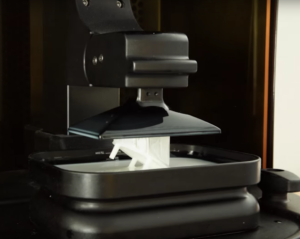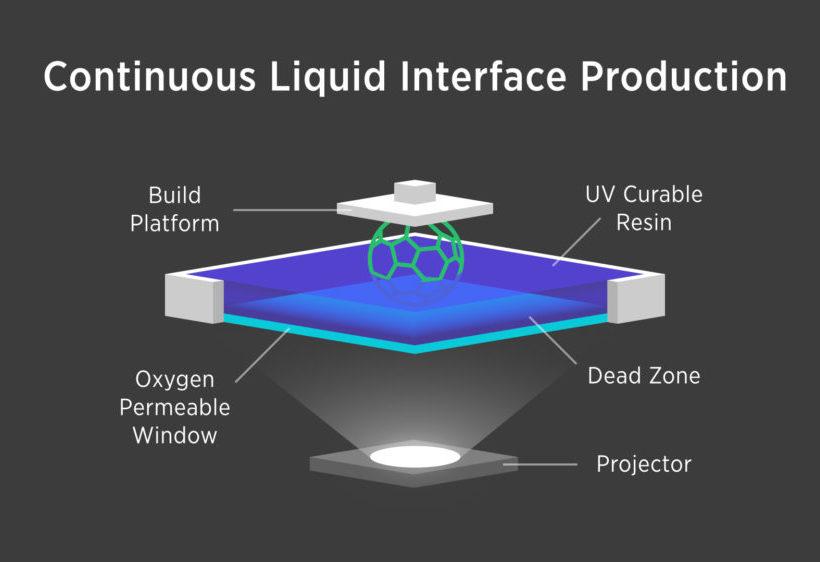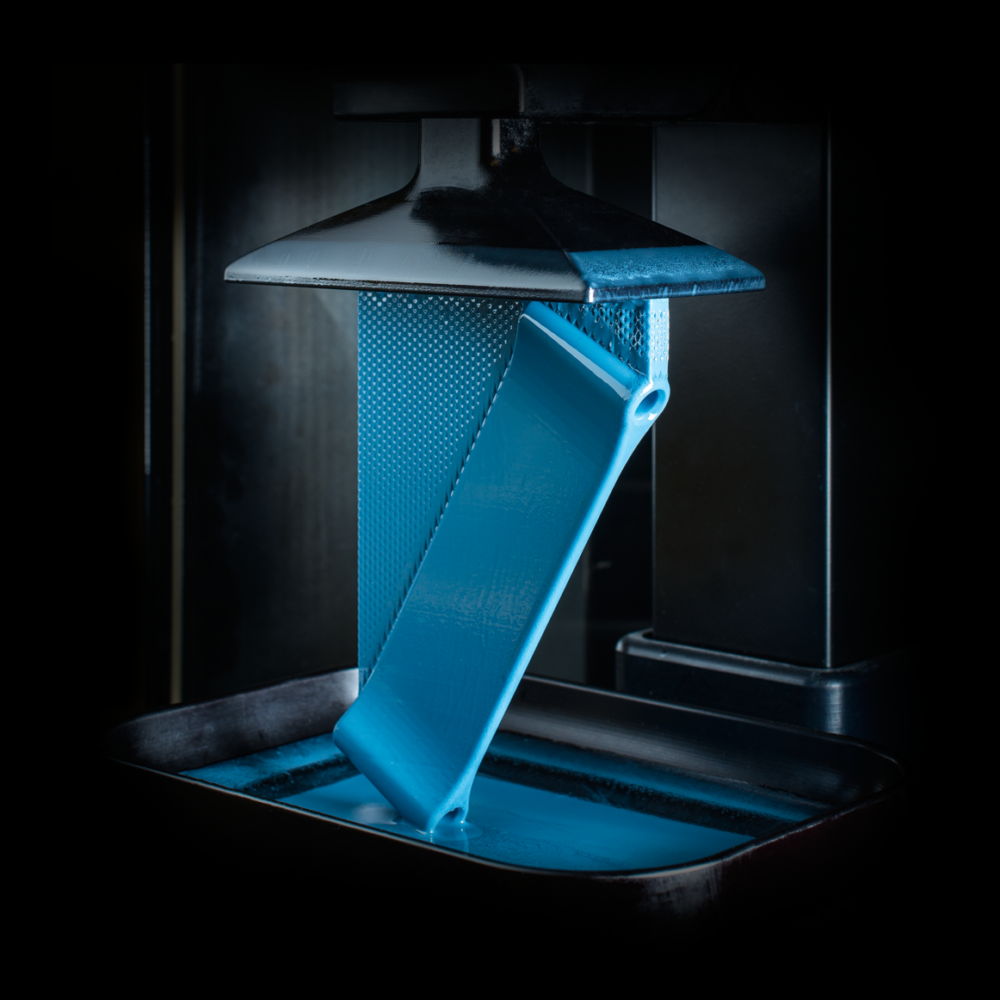 Earlier in the year online 3D printing services company Sculpteo launched their CLIP Technology Beta Pilot Program. As one of the few corporate partners given the chance to work with the developers of CLIP technology Carbon, Sculpteo launched a pilot program that would allow their customers to participate in the testing and evaluation of CLIP technology and the resin materials that were available. Anyone could participate, however because they were still getting to know how CLIP worked with their resin materials, beta participants could be asked to redesign their 3D model based on the potential limitations of the technology.
Earlier in the year online 3D printing services company Sculpteo launched their CLIP Technology Beta Pilot Program. As one of the few corporate partners given the chance to work with the developers of CLIP technology Carbon, Sculpteo launched a pilot program that would allow their customers to participate in the testing and evaluation of CLIP technology and the resin materials that were available. Anyone could participate, however because they were still getting to know how CLIP worked with their resin materials, beta participants could be asked to redesign their 3D model based on the potential limitations of the technology.
Sculpteo made five resin materials available for testing and they would be using feedback from customer participation to draft the design guidelines for each of those advanced materials. This week Sculpteo has announced that they are moving two of the CLIP resins out of the beta phase and making them available to everyone. Sculpteo has now worked with Cyanate Ester, and Prototyping Acrylate enough to feel confident in the design guidelines that they have drafted. They based their guidelines on their own work with the materials over the last few months, as well as feedback and data from beta testers and their 3D printing projects.
The CLIP Beta Pilot Program launched back in March when Sculpteo received their first Carbon 3D printer and its light-cured resin materials. At this point only a few companies had been given access to the CLIP technology, so they decided to leverage their existing customer base to help push the new technology as far as it could go. By June Sculpteo had made Rigid Polyurethane the first CLIP resin material available to everyone. Now they are ending the beta program for Cyanate Ester and Prototyping Acrylate, and making them available to all of their customers. So far Elastomeric Polyurethane and Flexible Polyurethane will be remaining in the Pilot program and only available to customers willing to adjust their project if there are any difficulties using CLIP technology with them.
“Just in case you need a refresher, CLIP, which stands for Continuous Liquid Interface Production, eliminates shortcomings of other 3D printing technology by emphasizing a tunable photochemical process over a traditional mechanical approach. CLIP works by projecting a continuous sequence of UV images, generated by a digital light projector, through an oxygen-permeable, UV-transparent window below a liquid resin bath. The dead zone created above the window maintains a liquid interface below the part. Above the dead zone, the curing part is drawn out of the resin bath,” Sculpteo posted on their blog.
Many of the discoveries that Sculpteo made during the Pilot Program were due to their customers offering feedback and suggestions for improvement. Of all of the beta resin materials the most popular by far was Rigid Polyurethane, a material that combines with CLIP 3D printing technology to create rigid and highly detailed prints with similar properties of injection molded plastics. Sculpteo is also offering several new color resins to their available list of materials, so customers can order parts 3D printed using yellow, magenta, cyan, white, black or grey Prototyping Acrylate.
Depending on the material being used, the finish selected and the geometry of the part it will typically take 1 to 10 days for the 3D object to be verified and 3D printed. All of the CLIP resin materials are completely waterproof, so they can be used to build functional machines or even usable cups. If a submitted part is not possible to print using CLIP tech, Sculpteo will make contact and suggest changes to the 3D model in order to make it printable. You can learn more about CLIP technology and Sculpteo here. You can also discuss this topic further over in the Sculpteo Releases CLIP 3D Printing Resins forum over at 3DPB.com.
Here is some video featuring some of the companies that Sculpteo worked with:
[Images: Carbon via Sculpteo]
Subscribe to Our Email Newsletter
Stay up-to-date on all the latest news from the 3D printing industry and receive information and offers from third party vendors.
You May Also Like
3D Printing Unpeeled: New Arkema Material for HP, Saddle and Macro MEMS
A new Arkema material for MJF is said to reduce costs per part by up to 25% and have an 85% reusability ratio. HP 3D HR PA 12 S has been...
3D Printing News Briefs, January 20, 2024: FDM, LPBF, Underwater 3D Printer, Racing, & More
We’re starting off with a process certification in today’s 3D Printing News Briefs, and then moving on to research about solute trapping, laser powder bed fusion, and then moving on...
3D Printing Webinar and Event Roundup: December 3, 2023
We’ve got plenty of events and webinars coming up for you this week! Quickparts is having a Manufacturing Roadshow, America Makes is holding a Member Town Hall, Stratafest makes two...
Formnext 2023 Day Three: Slam Dunk
I’m high—high on trade show. I’ve met numerous new faces and reconnected with old friends, creating an absolutely wonderful atmosphere. The excitement is palpable over several emerging developments. The high...


































